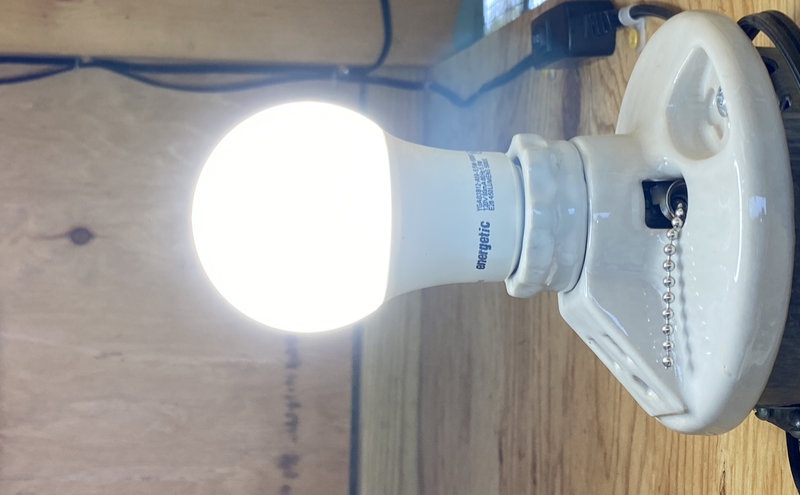How To Get Chickens To Lay Eggs During The Winter

Yes, you can get nearly, or even full egg production from your chickens during the winter. The topic recently came up on the blog. I thought it would be useful to make an article on this for some who may find it useful. I’ll copy/paste some of the comments, and let you know what I did with my chickens for winter egg production.
First, a reader here asked…
Need some chicken advice,
I have 12 hens. 8 are 2-3 years old and 4 are almost 5 months.
No EGGS. For almost 4 weeks. Had one older girl go broody at that time and that’s when they all quit.
Is there something I can add to their feed to start them up again?
Any tips will be greatly appreciated. Store bought eggs are ICKY!
~ MadFab
Given the time of year right now (October), I suspect the poor egg production might partially be due to fewer hours of sunlight right now. Egg laying will drop off, or even stop altogether if there’s not enough hours of daylight.
(The chickens mentioned above that are only 5 months old are too young to lay eggs, though probably soon – this depends on the breed.)
As I write this (October), the total hours of daylight is currently about 11.5 hours, more or less depending how far north or south you live. During the end of December it will only be around 9 hours, again depending where you live. Whereas in the middle of summer you might be looking at between 15 and 16 hours of daylight in the ‘lower-48’ U.S.
Tip: You can check https://www.timeanddate.com/sun/ and enter your location to get the details.
So, how many hours of daylight do chickens need?
Depending on the source of information, you might say that chickens need at least 12 hours of daylight to lay eggs. However 14+ hours is better.
The solution is pretty simple. At least it was for me… I get nearly full egg laying production all winter. Add some artificial light.
When it gets dark out, chickens instinctively go into their coop to roost (or wherever their roosting spot is). I put a light inside the coop. A 800 lumen LED bulb. I got a little fancy and put it on a timer.
I adjusted the timer with two on/off cycles. One for the evening and another for early in the morning. The combination of which provides a total equivalent of daylight + artificial = ~14 hours.
So it would come on before it got dark out (actually a few hours before), and remain on for several hours after sunset before switching off. Then on again before sunrise to give them some more artificial light. Then off sometime after sunrise when they would all be out of the coop anyway…
This apparently makes Happy Chickens. And eggs continue all winter.
Okay, with that said, here are several comments from other readers who responded to the initial question above:
The birds will quit laying whit less than 14hrs of light, or too low a light level. Use a daylight bulb, turn off at night, you may or may not get them to start laying again till spring.
~ 0ldhomesteader
Have mine on a timer to go off at 9.pm. and it comes on before dark, makes it easier to count beaks to made sure all made it in…
~ The Original Just Sayin’
Last year I had a similar problem. When doing some cleanup around the bushes next to the house I found a whole clutch off eggs. Maybe they are laying somewhere else? Last weekend I heard a noise while I was on the deck and opened up the grill to find one of the new girls settled in looking like she was going to lay an egg right there.
~ DoubleTap
I have always used 16% layer pellets to give them a boost. works for me.
~ nyscout
Increase their protein. Mine are molting, lots of feathers in the coop. It takes a lot of protein to regrow feathers.. and it is time for a molt as they put in winter feathers.
Some may begin laying if they are not in bad distress after a week of high protein feeds. Meat scraps are in order, and high protein bug/larvae snacks are in order. They also like yogurt and cottage cheese.
The youngest ones may not be quite ready -depends on the breed, and nutrition… the time they begin laying… some start early@5Mo. – like Americana.. and some like Columbian would take up to EIGHT months to begin.. eggs start out small. I have had both…
~ The Original Just Sayin’
[ Read: Safe Chicken Coop Heater For Warm & Cozy ]
